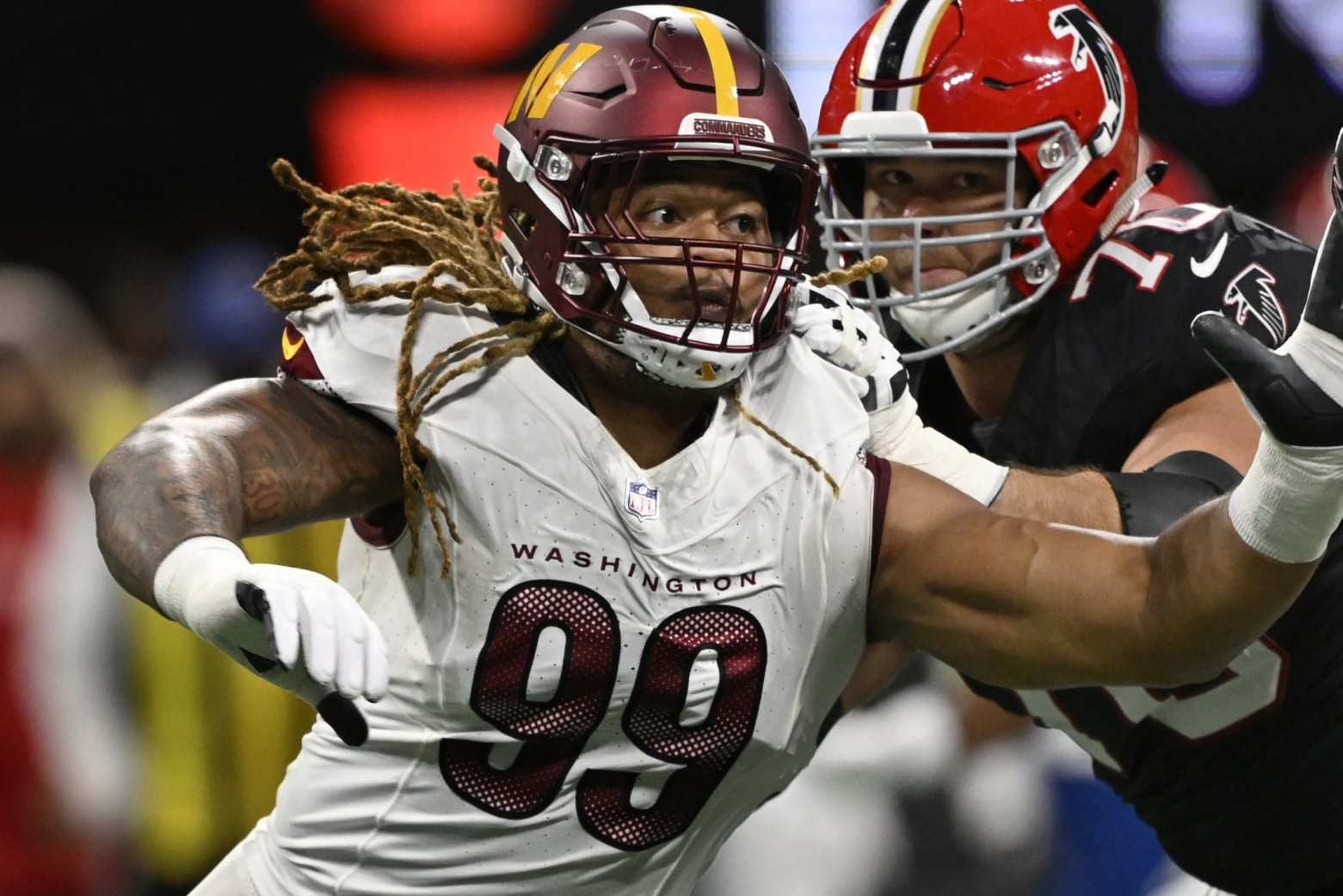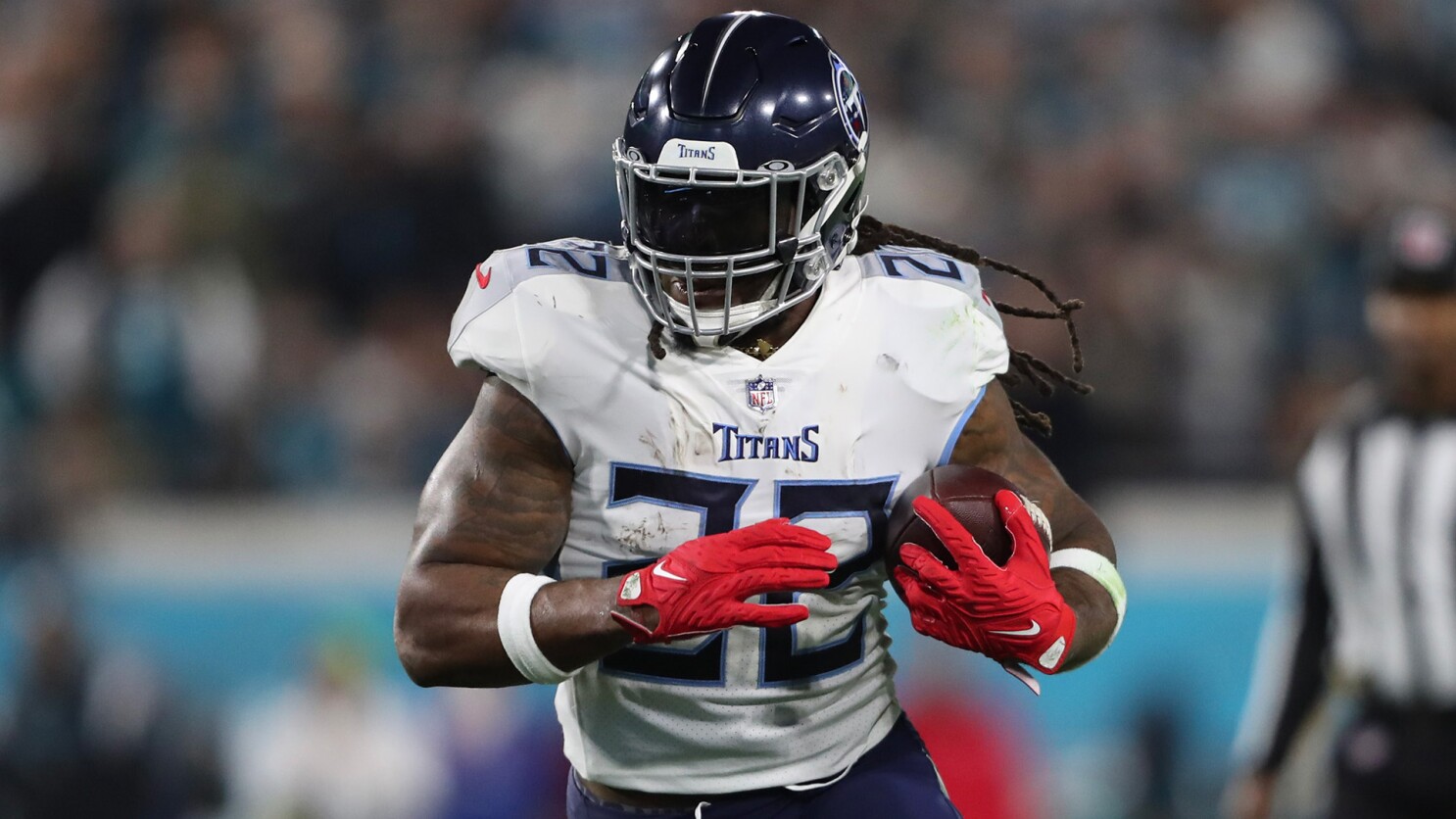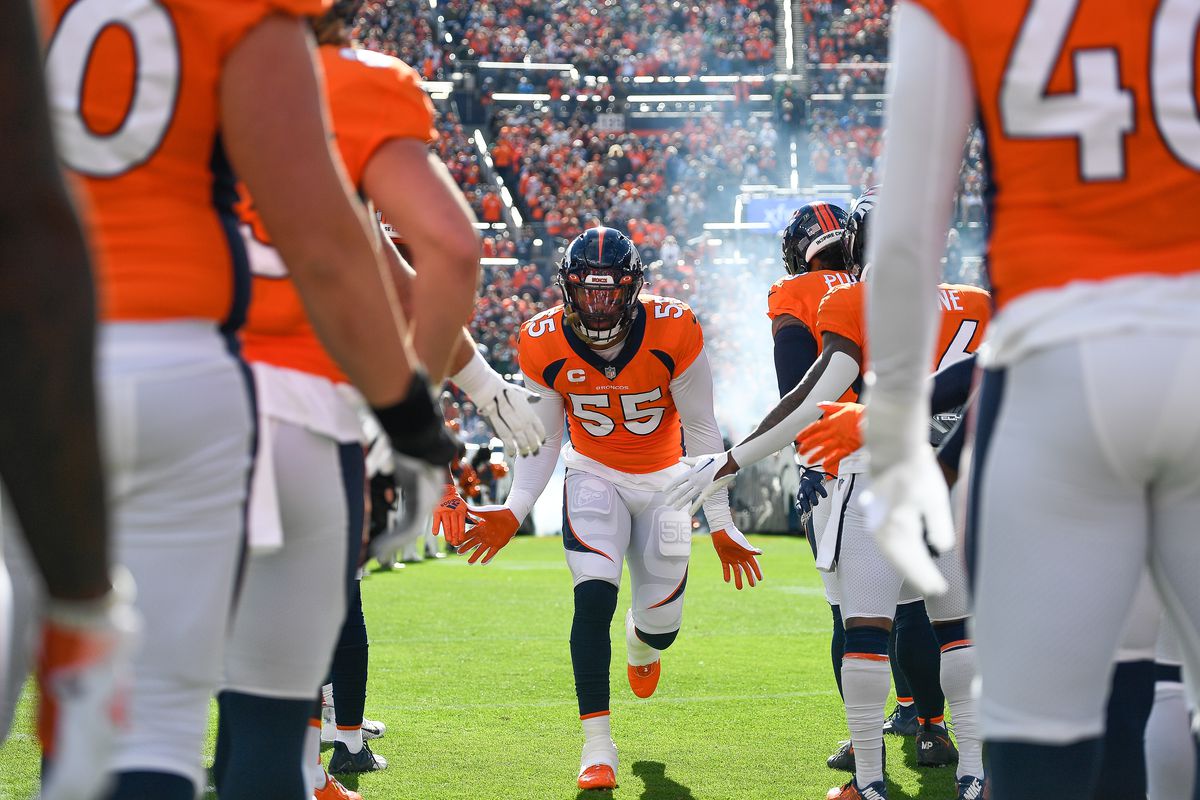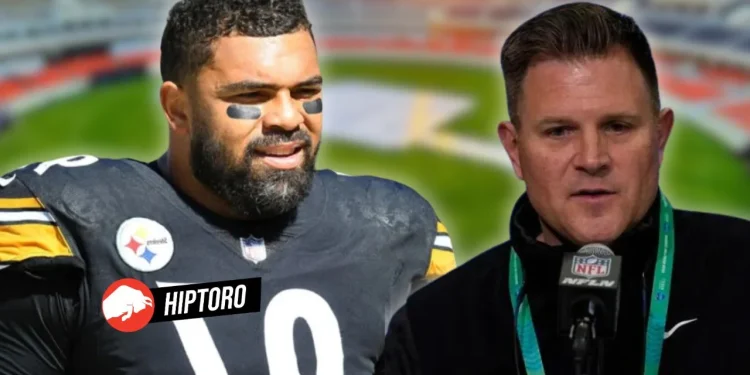At the heart of this decision is a response to the extended regular NFL season—a change that began in 2021 with the league’s expansion to a 17-game schedule. The Pittsburgh Steelers proposed the alteration, advocating for the trade deadline to be moved to the Tuesday after Week 9’s games, as opposed to its previous positioning following Week 8. This change might appear inconsequential at first glance, but it allows teams an additional week to evaluate their performance, health, and prospects for the remainder of the season.

This recalibration acknowledges the impact of the extra game added to the season, ensuring that the trade deadline is more in sync with the league’s timeline. It’s a nod to the evolving nature of the NFL, where a single game can dramatically alter a team’s trajectory—be it due to injury setbacks or crucial wins or losses that redefine a team’s playoff aspirations.

Implications for Midseason Trades
Amidst other significant rule changes discussed at the annual league meetings in Orlando—ranging from the banning of hip-drop tackles to the introduction of a redesigned kickoff—the revised trade deadline has sparked considerable interest. According to NFL Network’s Ian Rapoport, “This probably leads to more trades,” underscoring the strategic implications of the extended trading period.
The extended window is particularly crucial for teams teetering on the edge of contention or those facing unexpected challenges. It grants franchisees the flexibility to pivot, whether by acquiring seasoned veterans to bolster a Super Bowl run or by trading away assets to focus on future development. The Los Angeles Rams’ Super Bowl LVI victory, fueled in part by midseason acquisitions like Von Miller and Odell Beckham Jr., exemplifies the potential impact of such trades.
New from Packerstalk Packers midseason numbers: The NFL’s impending trade deadline on Tuesday at 4 p.m. ET is a telling sign of the halfway point in the season. While no one is sure if Brian Gutekunst & co. will pull the trigger to acquire more… https://t.co/5zid4W4Sof Packers pic.twitter.com/9uBeKLoIdq
— DM (@kilbas27dave) November 2, 2021
Balancing Competitiveness and Strategy
Despite proposals to push the deadline even further, the consensus settled on the post-Week 9 marker—a compromise that addresses concerns about the potential for teams to prematurely abandon their season. The fear was that an extended deadline might encourage a “sell-off” mentality among struggling teams, detracting from the competitive integrity of the league as the playoff race heats up.
Rapoport sheds light on the rationale behind this decision, emphasizing the desire to maintain competitiveness while allowing for strategic flexibility. The league’s stakeholders recognize the delicate balance between remaining competitive and making prudent decisions for the future. The extended deadline is thus seen not as an invitation to dismantle teams but as an opportunity to make calculated adjustments that benefit both the present and prospects.

Looking Ahead: The 2024 NFL Season and Beyond
With the deadline set for November 5 in the 2024 NFL season, teams will now navigate this extended trade window with a blend of caution and opportunism. This adjustment not only reflects the league’s adaptability to its expanded schedule but also its commitment to fostering a dynamic and competitive environment.
As teams and fans alike adjust to this new norm, the impact of the extended trade deadline will be closely watched. Will it lead to more blockbuster midseason trades? Or will teams remain conservative, wary of disrupting team chemistry? Only time will reveal the full ramifications of this strategic shift, but one thing is clear: the NFL’s landscape is set for some intriguing developments, both on and off the field.

Source: Fan Sided









